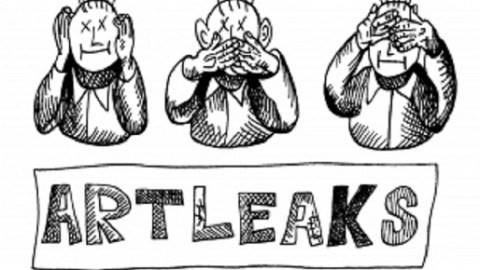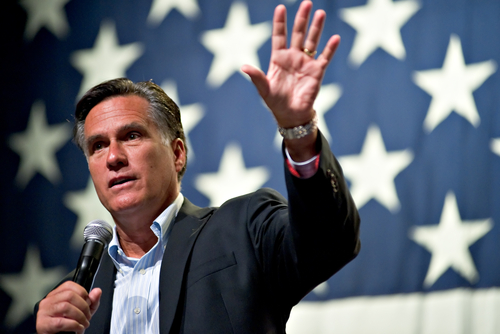Can Artleaks Be the Wikileaks of the Art World?

Depending on your relationship to the powers that be, Wikileaks and its founder Julian Assange rank among either the brightest angels or the darkest demons of contemporary life. Harnessing the power of the internet to blow the virtual whistle on corruption around the world, Wikileaks demonstrated, if nothing else, how much tougher it is to cover up wrongdoing in the age of social media and self-publication. Now, ArtLeaks looks to shine the same spotlight on corruption specifically in the world of art, which they see as a power struggle between rich buyers and institutions and the creators and everyday workers with little sway or pay. Bursting onto a scene desperate for a savior, can ArtLeaks be the Wikileaks of the art world?
ArtLeaks began fighting the good fight in 2011, but recently took the battle to a higher level with the announcement of a regular gazette of cases submitted to them. They chose “Breaking the Silence–Towards Justice, Solidarity and Mobilization” as the first issue’s theme, but that’s the theme of all their work. ArtLeaks clearly states their mission as serving as a “collective platform initiated by an international group of artists, curators, art historians and intellectuals in response to the abuse of their professional integrity and the open infraction of their labor rights.” Because “[i]n the art world, such abuses usually disappear,” ArtLeaks came into existence. “Only by drawing attention to concrete abuses can we underscore the precarious condition of cultural workers and the necessity for sustained protest against the appropriation of politically engaged art, culture and theory by institutions embedded in a tight mesh of capital and power.” Just as Wikileaks drew unwanted attention and spoke truth to the international military-industrial complex, ArtLeaks hopes to disentangle the cultural equivalent.
A quick look at their archived cases turns up tales of homophobic censorship, political censorship, more political censorship, creative censorship, union rights, and “toxic leadership.” It’s as comprehensive, one-stop shopping for cultural corruption on an international scale as you’ll find anywhere on the internet. For those wishing to add to the catalog of corruption, they can submit through the ArtLeaks site. The only stipulation ArtLeaks imposes is that you “submit your case with collective evidence, such as first-hand reports and documentation such as e-mail correspondence, internal regulations and documents, video recordings and so on.” The burden of proof required seems high to avoid frivolous suits that might diminish the truly serious import of this issue.
Although the gazette will feature sections titled “Critique of cultural dominance apparatuses,” “Forms of organization and history of struggles,” and “The struggle of narrations,” beneath that academic exterior beats the heart of a revolutionary. If art is the canary in the coalmine warning the world of unseen dangers, then ArtLeaks is the microphone allowing that canary to sing. Forces ranging from political governments to auction houses to museums can conspire to silence dissent from the people at the bottom of the art food chain who, ironically, feed the whole cultural ecosystem with their creativity. If the world is truly made up of “makers and takers,” as some current American politicians love to claim, then it’s time to give a voice to the makers of the art world. ArtLeaks is that voice.
[Image:ArtLeaks by Zampa di Leone, 2011.]





